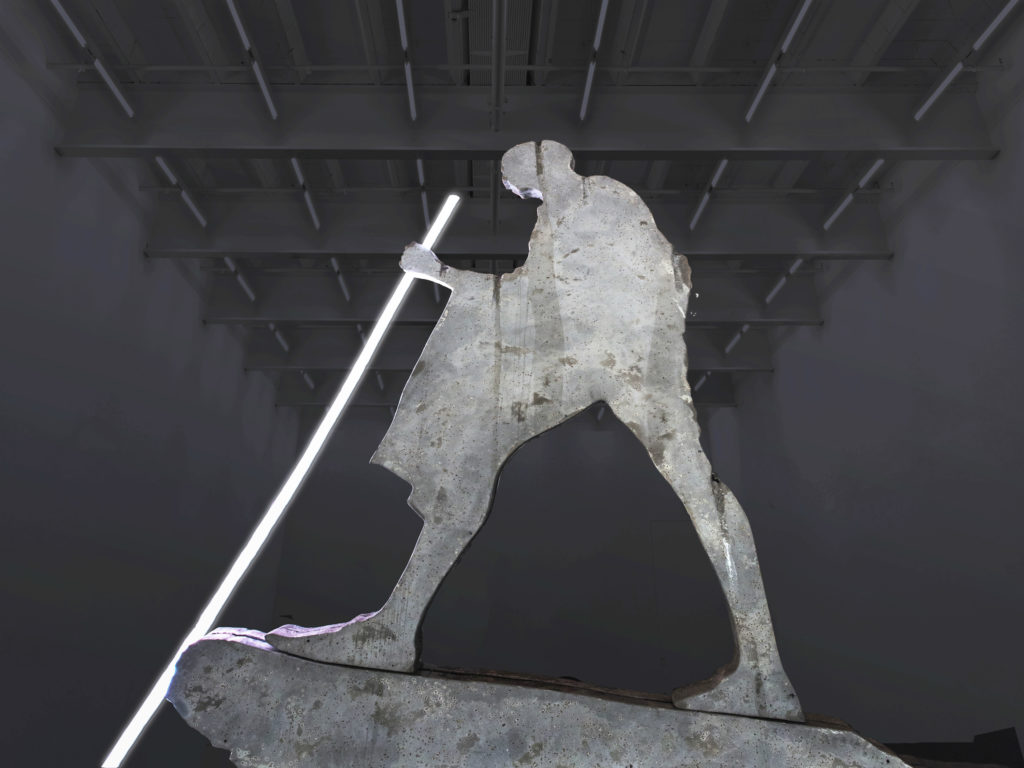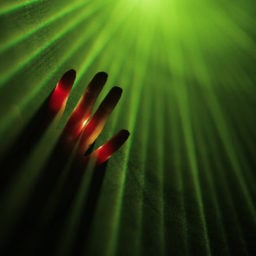It’s likely that Gandhi would’ve disapproved of our modern smartphone-driven culture. Perhaps that’s why the Indian activist—and noted Luddite—figures so prominently in Doug Aitken’s latest exhibition. This week in Zurich, the American artist will unveil a monumental sculpture installation featuring the Mahatma as one part of an ambitious show about our increasingly hyper-connected world.
Aitken’s solo effort at Galerie Eva Presenhuber, opening on June 9, forms part of Zurich Art Weekend. It comes on the heels of the artist’s recent exhibition at 303 Gallery in New York, which debuted his immersive video installation, New Era, about the irresistible rise of the cell phone. The film traces the kaleidoscopic journey from the moment in 1973 when the first call was made on a handheld cell phone to our hyper-connected digital world today. Now, as a kind of concrete extension of that project, Aitken has created a dramatic series of sculptures that light up in sync with dramatic soundtracks. Both installations will be on view in Zurich.
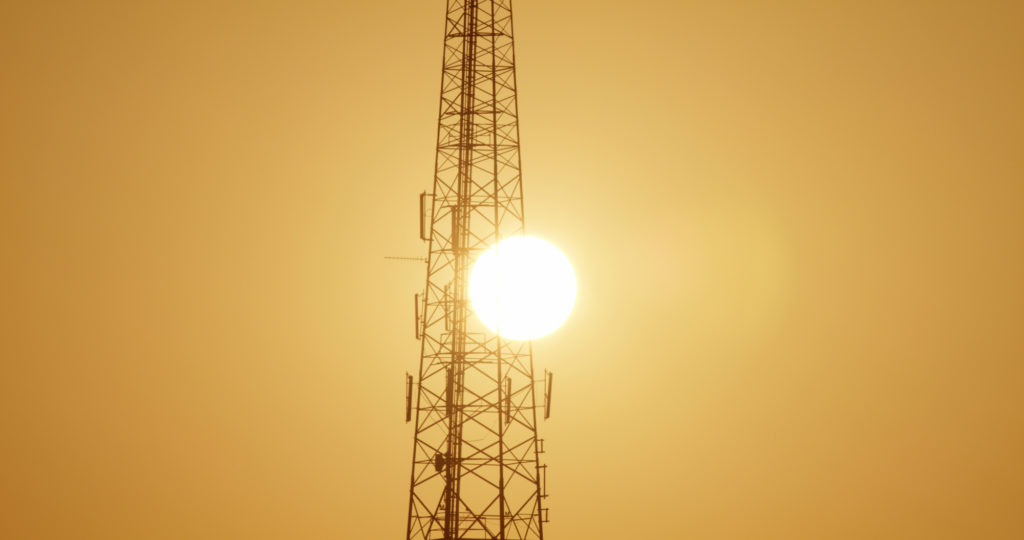
Doug Aitken, still from New Era (2018), courtesy of the artist and Galerie Eva Presenhuber, Zurich and New York.
As you might expect, the most notable sculpture in the series is a 12-foot-tall silhouette of Gandhi, who made civil disobedience a potent political weapon in India’s battle for independence. The historic leader is carved out of concrete and rock and will dominate a darkened room in the exhibition. “It is a waterfall,” Aitken tells artnet News, explaining that the sound of the water starts as a trickle. “Then it becomes faster and louder.” Meanwhile, Gandhi’s walking stick will pulse with light. Called Crossing the Border, Aitken says that he is interested by how society is in flux and we now live in an “ethical twilight.”
Other sculptures by Aitken portray lesser mortals in non-heroic poses—but they carry the theme through. The figures appear frozen mid-conversation holding non-existent cell phones. 3 Modern Figures (don’t forget to breathe) stand or lie isolated and alienated from each other but they are connected. Sculpted in translucent glass, they pulse with colors. The lights are choreographed to change with a soundtrack of layered vocals.
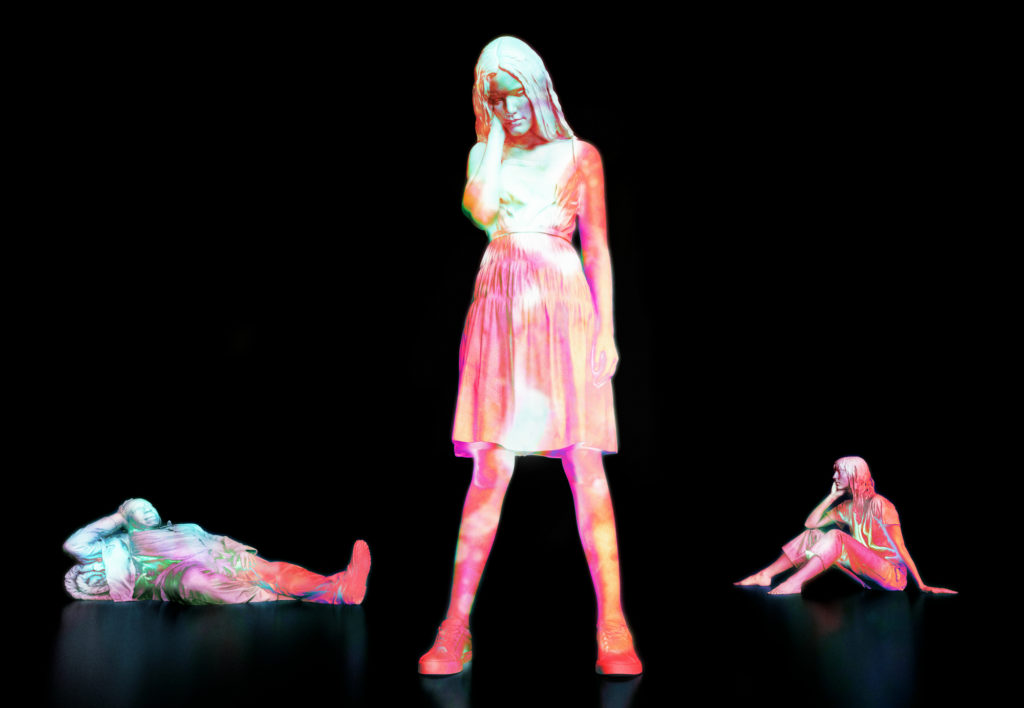
Doug Aitken, rendering of 3 Modern Figures (don’t forget to breathe) courtesy of the artist and Galerie Eva Presenhuber, Zurich and New York.
Aitken’s deep dive into what he calls our “liquid connectivity,” and the way we live in “absolute parallel worlds” of the physical and the screen-based, was inspired by the banalest of experiences. “A couple of years ago, I was sitting in a cafe waiting for a friend and I looked up and everyone was looking at a screen. I realized we are living in a new condition that has crept up upon us.”
To explore the origins of that condition, the Los Angeles-based artist tracked down the man who made the first call on a cell phone, Martin Cooper. Cooper, an inventor, made the revolutionary call on a Manhattan street corner in 1973. He eventually agreed to talk to Aitken and, indeed, appear in New Era intoning the phrase: “I made a call.” The video also led Aitken to that very first Motorola, which weighed more than two pounds, took 10 hours to charge, and offered just 30 minutes of talk time. Fortunately, Cooper still had one. “He said, ‘Let me go round the back and get it,” Aitken recalls.
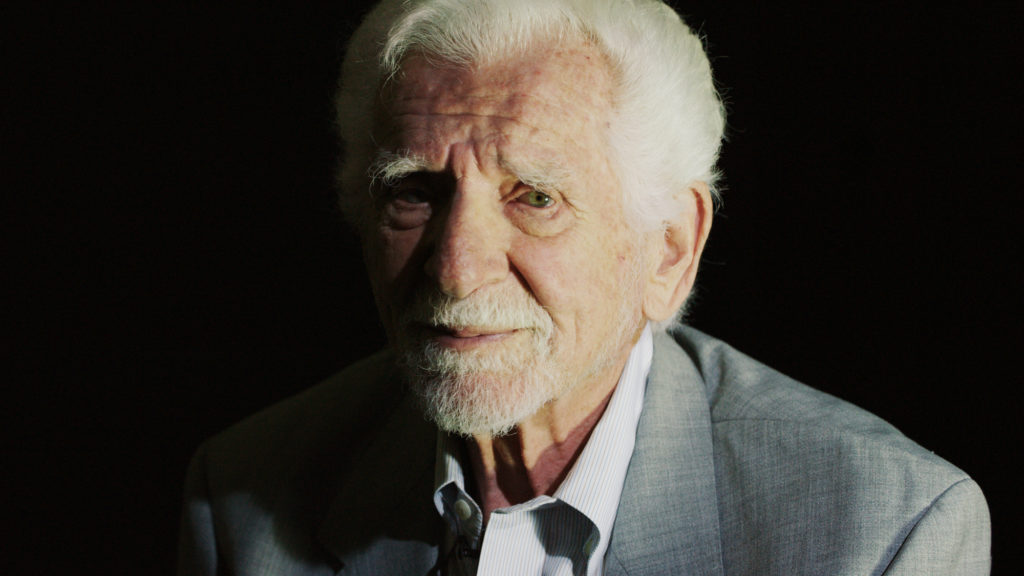
Inventor Martin Cooper in still from Doug Aitken’s New Era (2018), courtesy of the artist and Galerie Eva Presenhuber, Zurich and New York.
How will the artist follow up New Era starring Gandhi? Aitken says that he is working with a choir on a “sort of Land Art piece,” which sounds spectacular in a different way. The vocalists will be configured in a grid perhaps a half-mile square, which you would experience by moving among the performers. “I hope to do it in a desert, probably out West,” he says.
“Doug Aitken,” June 9 through July 21, Galerie Eva Presenhuber, Zurich.
